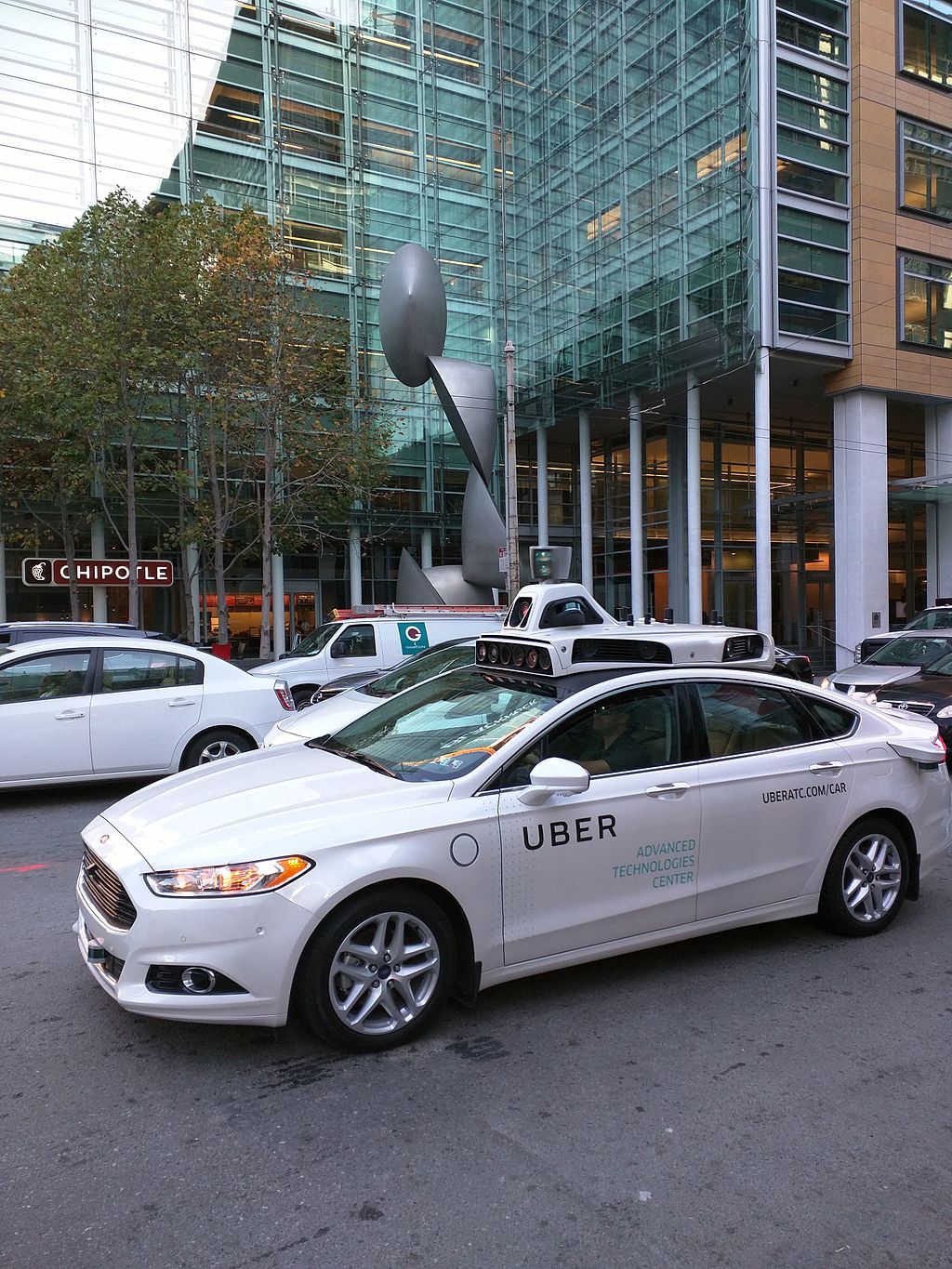
You’ve heard of them — cars that seemingly drive themselves. Also known as autonomous, driverless or robotic, self-driving cars are currently being developed and tested by several organizations, including Google and Tesla. Transportation network company Uber has fleets of driverless cars in San Francisco and Pittsburgh. So, what’s the story behind cars that drive themselves? Is a robotic car really in your future?
If You Aren’t Driving, Who Is?
Automotive expert and blogger Alex Perdikis believes that self-driving cars will eventually make driving safer. Why? Because self-driving cars incorporate much of the same safety technology that is available in today’s automotive market such as cameras and automatic sensors. And a car GPS tracker will track the real-time location of your car.
But self-driving cars add a host of additional features, including radar, odometry, computer vision and liDAR, which measures the distance between objects using cameras and laser lights. What this means is that self-driving car computer control systems instantly take into account all variables and safely take you to your destination. At least that’s the theory.
Not Exactly a Smooth Road
The self-driving car concept is not a new idea. In fact, demonstrative car systems, the autonomous car precursor, were developed in the 1920s and 1930s. The first entirely self-sufficient vehicles appeared in the 1980s. Engineered by the School of Computer Science at Carnegie Mellon University, the Navlab project developed 11 vehicles that were either semi-autonomous or solely autonomous without requiring human interaction.
Development of autonomous cars for consumer use has come a long way but not without some minor, and a few major bumps in the road. In late September 2016, a Google self-driving car was involved in an accident in Mountain View, CA.
Called the “worst autonomous vehicle accident yet,” another car ran a red light and collided with the Google modified Lexus SUV’s side doors. The Google car had a human driver but was in self-driving mode. Both the Lexus and driver slammed on the brakes when the other car ran the light, but it was too late to avoid the accident. Clearly, this accident was the other driver’s fault. And, just as clear is the fact that all the automation in the world will not ensure a wreck-free existence.
Google’s cars had been in accidents before, but most of those were rear-end hits that were the fault of the driver in the car behind. In May 2016, a fatal accident occurred with a Tesla Model S. The Model S was in self-driving mode with a driver inside. Preliminary reports indicated that a semi turned left in front of the Model S and neither the car or driver applied the brakes. The driver was killed.
The Bottom Line
Self-driving cars are becoming a reality. The potential advantages of widespread usage include reductions in traffic collisions, fewer deaths and injuries, fewer accidents due to human error, increased personal free time and more freedom for the elderly and disabled who may not be able to drive themselves. However, there are also risks that include computer failure and hacker attacks. Autonomous cars add layers of safety that may, in fact, reduce human casualties.